X-rays, thermal cameras, bike tags part of fight against mechanical doping at Tour de France
UCI Equipment Manager Péraud explains the new measures in force
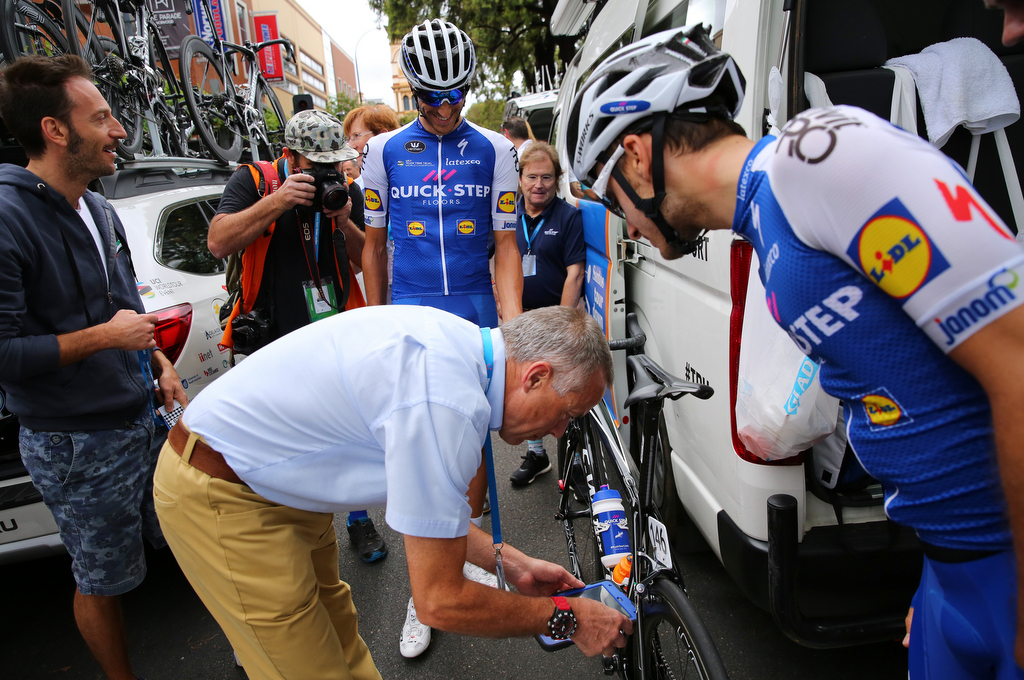
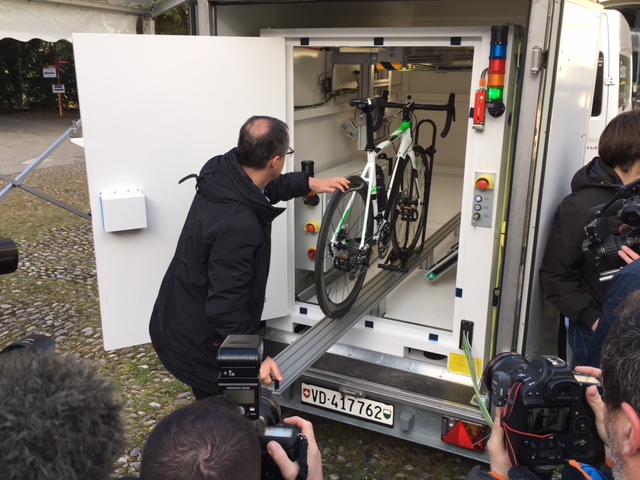
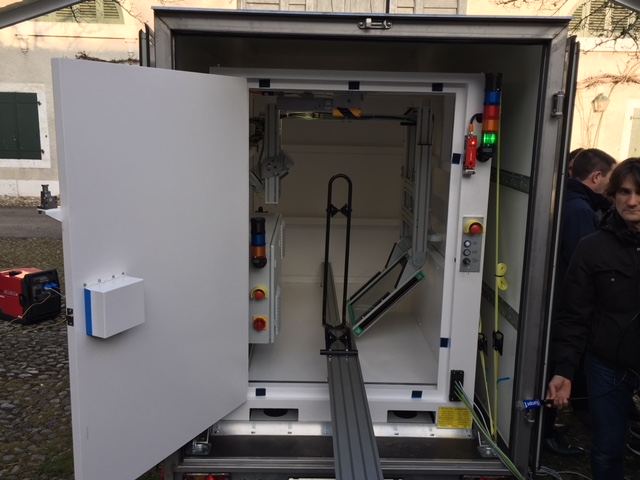
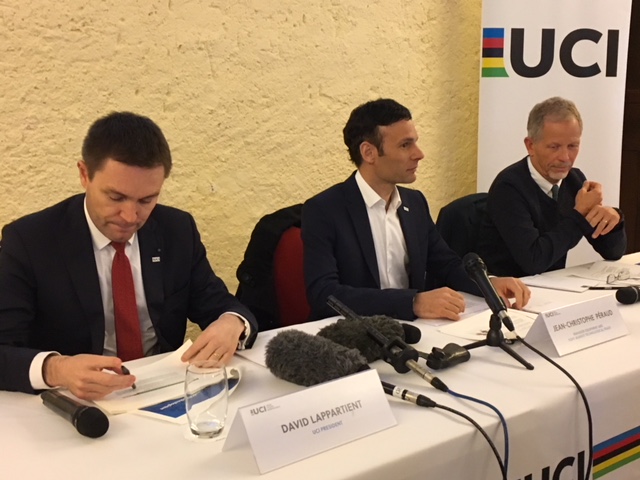
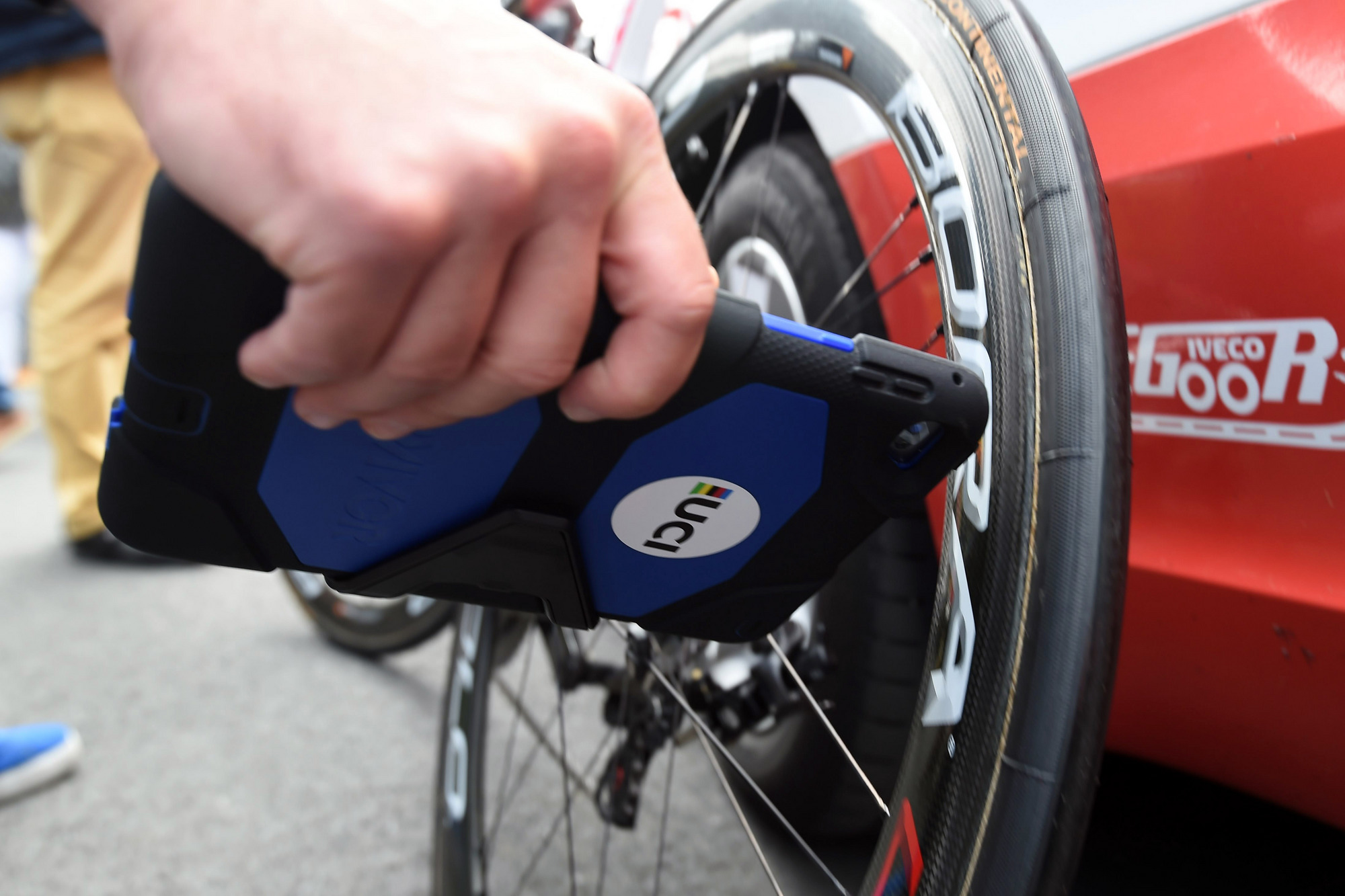
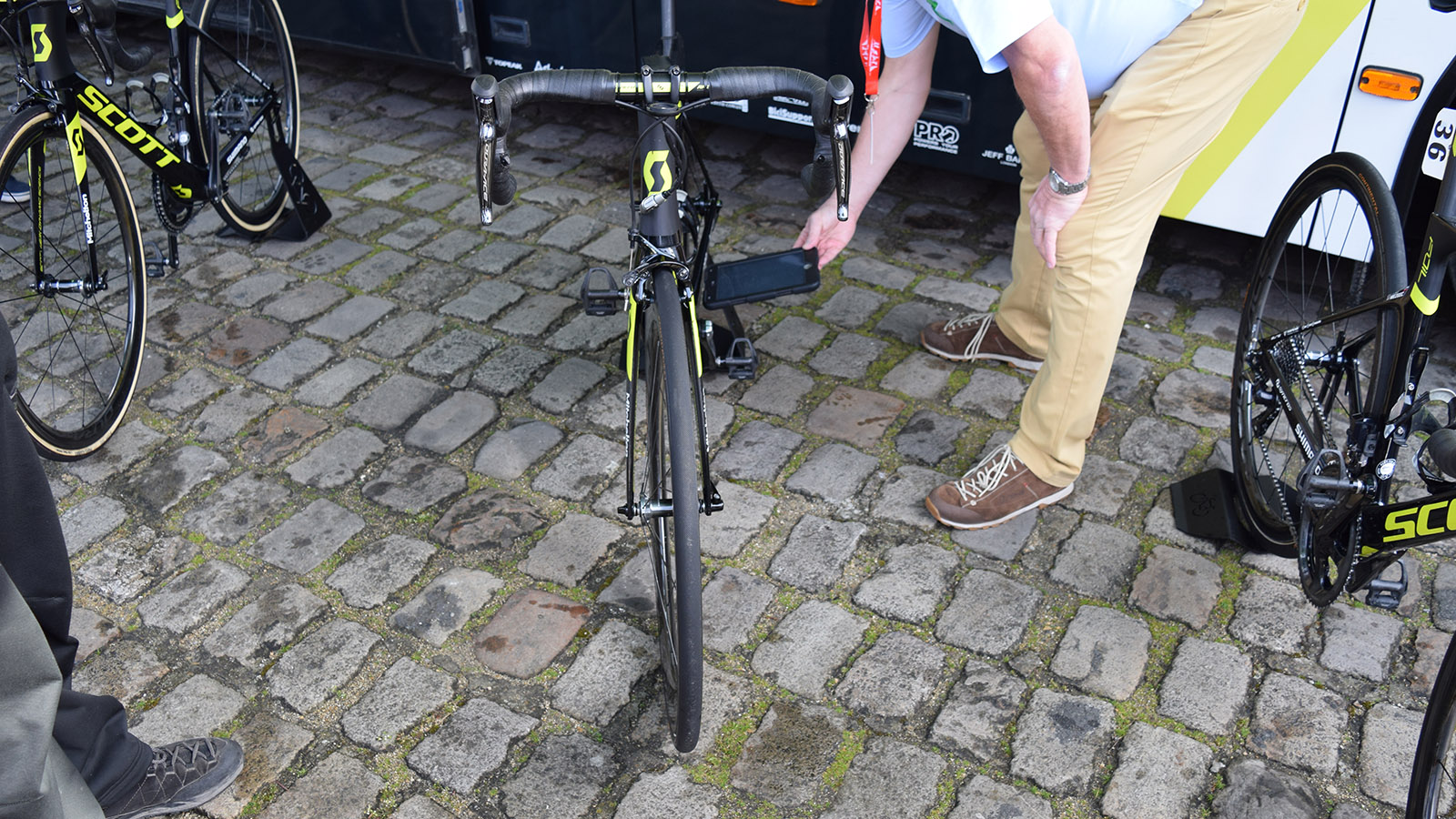
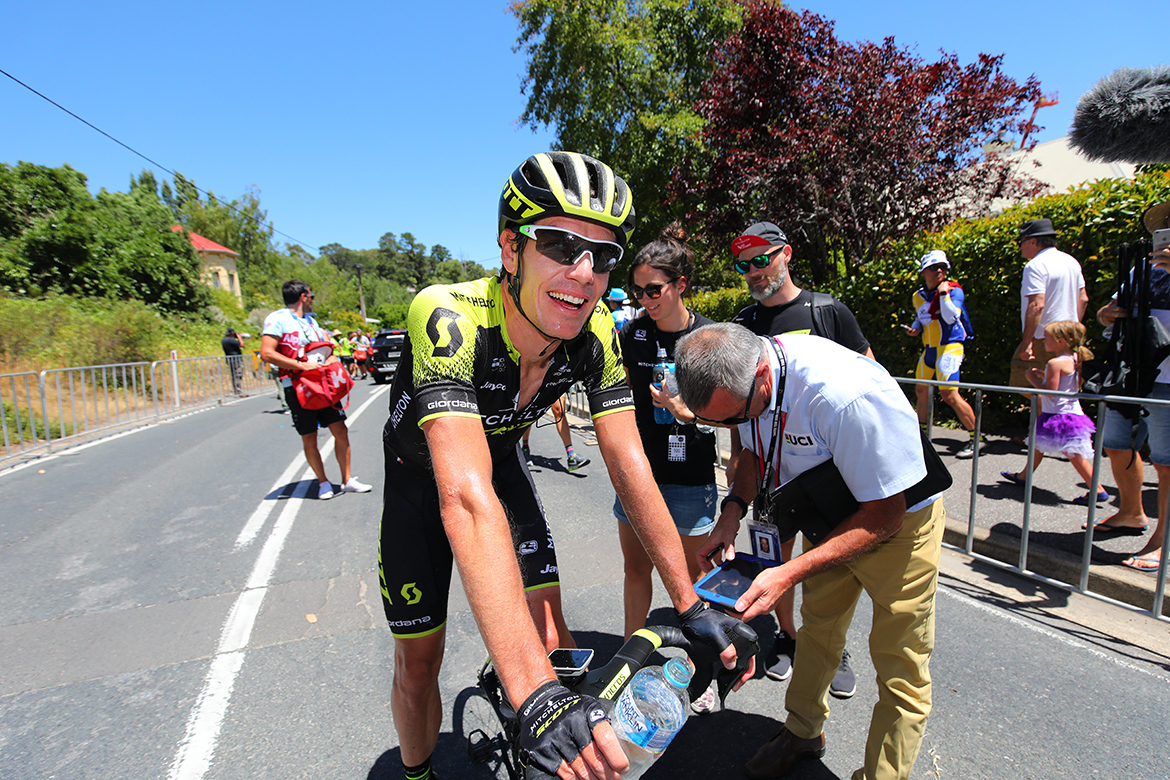
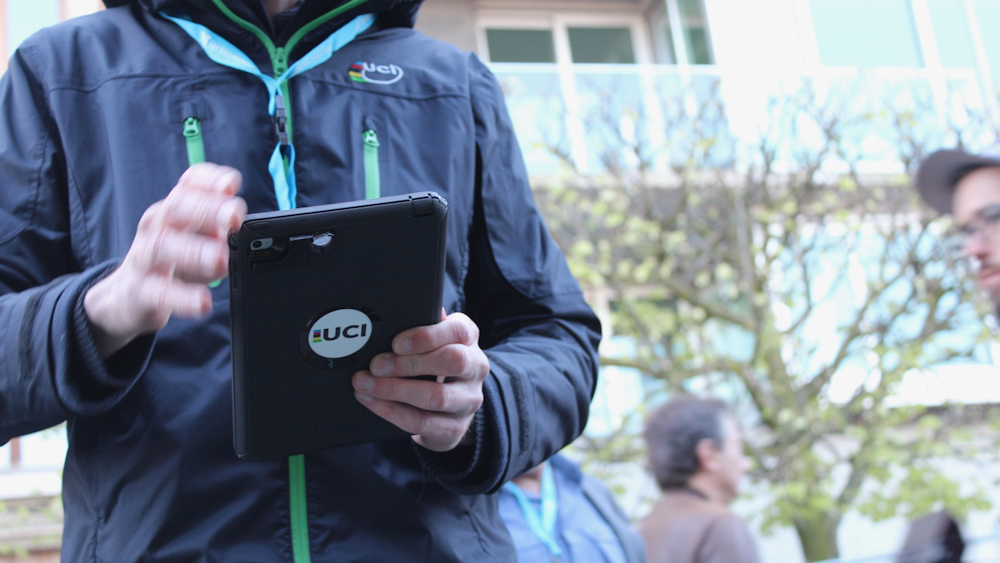
The 2018 Tour de France sees the fight against mechanical doping step up a level, with an X-ray machine, thermal cameras, and tagging of bike changes all being employed throughout the three weeks.
Former Saxo Bank mechanic defends Cancellara against motor doping claims
Mechanical doping: Voeckler 'wouldn't be shocked' if Lance Armstrong had used a motor
UCI introduces mobile X-rays and thermal imaging cameras to fight mechanical doping
UCI confirms Chris Froome's bike X-rayed for mechanical doping after Giro d'Italia solo win
The UCI is continuing to use its tablet device to scan bikes for hidden motors or magnetic wheels at the start of each stage, but the governing body's new package of measures, which includes X-ray examination and the in-race use of thermal cameras, will come in to force for the first time at the Tour de France.
Thermal imaging was used in the 2016 and 2017 editions of the Tour de France on the initiative of the French Ministry of Sport, who sourced the cameras from the French Atomic Energy Commission. This year the technology will be used by UCI commissaires, with the governing body collaborating with the French anti-doping agency and French police throughout the three weeks.
In a step further, race officials are also tagging bikes in the event of suspicious mid-race bike changes, in order to test the old bike as well as the new one at the finish.
Former Tour de France podium-finisher Jean-Christophe Péraud is leading the fight against mechanical doping, having been appointed by the UCI as Equipment Manager in November, and he spoke to Cyclingnews in Noirmoutier-en-l'Île, where the Tour kicked off on Saturday, to explain the new measures in place.
"First of all, we have the magnetic scanners which will be used to check bikes before the start of the stages," Péraud said. "Then we will have thermal cameras in the race. Mainly, we will have the X-ray truck at the finish, which will allow us to check several bikes, beyond just the stage winner's.
"That way we can assure the public that the winner has won without a motor, and if we can prove that, then we can imagine there are no motors in the peloton."
The latest race content, interviews, features, reviews and expert buying guides, direct to your inbox!
The beefed-up approach comes as part of a new set of measures first unveiled by the UCI in March, with David Lappartient having made the issue one of the cornerstones of his successful bid for the UCI presidency last autumn.
The UCI have been using their tablet device to scan bikes for nearly three years now, but concerns have been raised about its effectiveness. The X-ray cabinet, produced in collaboration with aerospace and defence industry suppliers VJ Technologies, can reveal motors in the frame or wheels without having to dismantle the bike.
"We will be checking around 10 bikes every day with the X-Ray machine," said Péraud. "The stage winner will always be checked. The yellow jersey will also be checked regularly throughout the race, but not necessarily every day."
The thermal cameras are designed to search for hidden motors while the race is in full flow and any such motors are active. A commissaire on a motorbike will ride alongside a rider, a group of riders, or the peloton, and check for hotspots on their bike that could indicate mechanical doping.
"It will be a commissaire with a thermal camera who will follow the peloton in the same way as a police officer uses a radar speed gun on the road. It's the same principle. From time to time, he will get the camera out to check if there are motors in use," said Péraud, who added that this measure would "not necessarily" be employed every day.
Tagging
As for the tagging, that is a new initiative that has arisen from the suspicion and speculation regarding mid-race bike changes. Riders regularly change bikes when they encounter mechanical issues, but there has been speculation that riders could tactically switch between a normal bike and a motorised one.
The package of new measures unveiled in March also came with the prospect of magnetic tracking devices using radio-frequency identification (RFID), although it was made clear the technology was still in its early development phase and no date has been set for its introduction.
For now, the UCI are making do with rather more old-fashioned technology, tagging bikes with a yellow plastic wire strap, as used to be the case back when riders were not permitted to alter any part of their bike during a race.
The video commissaire – a role created this season – will be used to help spot any suspicious activity, whereupon the swapped-out bike – now on the roof rack of the team car – would be tagged in order to be X-rayed at the finish.
"The commissaires will have these little tags in their pockets, which are like a small bracelet," Péraud explained. "If there are doubts, the video commissaire will alert the president of the jury, who will send a commissaire to stop the car and tag the bike. The tags have a number on them, and at the finish you ask to see the bikes that have been tagged and you pass them through the X-ray machine."
At the end of the opening stage on Saturday, the UCI confirmed it had scanned 152 bikes with the tablet at the start of the day, and X-rayed eight bikes after the stage.
The X-ray cabinet was located by the anti-doping truck and, along with stage 1 winner Fernando Gaviria, many of the riders selected for anti-doping controls had their bikes checked at the same time.
Patrick is a freelance sports writer and editor. He’s an NCTJ-accredited journalist with a bachelor’s degree in modern languages (French and Spanish). Patrick worked full-time at Cyclingnews for eight years between 2015 and 2023, latterly as Deputy Editor.

